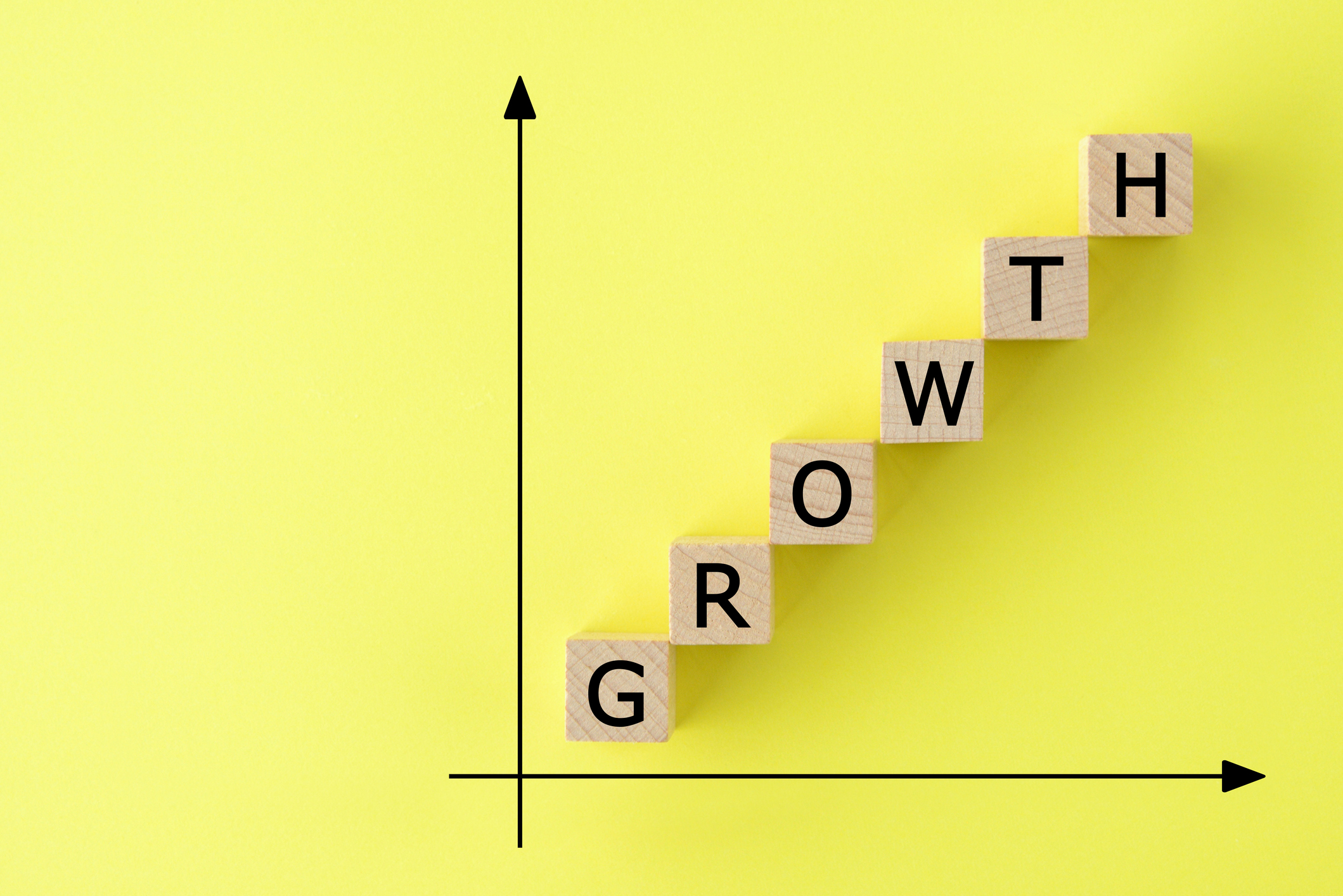U.S. Economy to Perk Up in Second Half
Consumers are recovering from a swoon induced by a wobbly stock market. But energy, other sectors will continue to struggle.

Look for the U.S. economy to pick up the pace a bit from its third super-slow first quarter in three years.
But many folks may not feel much of a lift, especially those in the hard-pressed energy sector, export businesses and many lines of manufacturing, which will continue to struggle in the coming months.
We now expect GDP growth of just around 2% for 2016, in light of the meek 0.5% advance in the first quarter. That’s not much to write home about, and will make the economy seem ho-hum overall.The second quarter is showing signs of life, not unlike in the previous two years, when GDP rebounded after dismal first quarters. Look for second-quarter GDP to rise by at least 2%, but most growth will come in the second half of the year, when economic activity will likely accelerate by 3%.
From just $107.88 $24.99 for Kiplinger Personal Finance
Be a smarter, better informed investor.

Sign up for Kiplinger’s Free Newsletters
Profit and prosper with the best of expert advice on investing, taxes, retirement, personal finance and more - straight to your e-mail.
Profit and prosper with the best of expert advice - straight to your e-mail.
What will propel the economy going forward? Consumers will play a big role, spending more after going many months paying down various debts and hiking their savings rate. Consumers, of course, account for about 70% of spending. The stock sell-off this winter also caused folks to keep a tight hold on their wallets in the first quarter of 2016 — a temporary factor.
The use of credit cards is on the rise, an early sign of spending picking up. Jobs and wages are also heading in the right direction, helping to hike growth in disposable income. The recovering stock market and rising homeowner’s equity (household net worth is over six times disposable income) also make many consumers feel more flush. Scores of businesses should see sales improve as people open their wallets and banks start lending more to borrowers, including firms looking to expand. Housing, in particular, is in for a solid year, namely in the South and West. Moreover, rising home sales spawn sales of furniture, yard tools and much more. Leisure and hospitality businesses will also see budding strength, and government spending will also provide a boost to economic growth.
But the economy still faces plenty of headwinds. Though oil prices are up from their lows, it will be 2017 before the energy sector begins to stir again. And the dollar, which will remain relatively strong this year, continues to be a thorn in the side of myriad companies that make and export products for sale abroad.
Business spending will climb just 4% or so as firms keep their powder dry while waiting for sales and economic growth to perk up more in the months ahead. The inventory overhang isn’t gone completely…many auto dealers, for example, have too many vehicles on their lots and will try incentives to move them. But inventories overall are finally being whittled down, a positive for the economy.
Profit and prosper with the best of Kiplinger's advice on investing, taxes, retirement, personal finance and much more. Delivered daily. Enter your email in the box and click Sign Me Up.

David is both staff economist and reporter for The Kiplinger Letter, overseeing Kiplinger forecasts for the U.S. and world economies. Previously, he was senior principal economist in the Center for Forecasting and Modeling at IHS/GlobalInsight, and an economist in the Chief Economist's Office of the U.S. Department of Commerce. David has co-written weekly reports on economic conditions since 1992, and has forecasted GDP and its components since 1995, beating the Blue Chip Indicators forecasts two-thirds of the time. David is a Certified Business Economist as recognized by the National Association for Business Economics. He has two master's degrees and is ABD in economics from the University of North Carolina at Chapel Hill.
-
 Stocks Retreat as Bubble Worries Ramp Up: Stock Market Today
Stocks Retreat as Bubble Worries Ramp Up: Stock Market TodayValuation concerns took hold on Wall Street today, sending Palantir and its fellow tech stocks lower.
-
 The Best Mid-Cap ETFs to Buy
The Best Mid-Cap ETFs to BuyThe best mid-cap ETFs to buy offer efficient and diversified exposure to a universe full of highly interesting companies.
-
 Will AI Videos Disrupt Social Media?
Will AI Videos Disrupt Social Media?The Kiplinger Letter With the introduction of OpenAI’s new AI social media app, Sora, the internet is about to be flooded with startling AI-generated videos.
-
 What Services Are Open During the Government Shutdown?
What Services Are Open During the Government Shutdown?The Kiplinger Letter As the shutdown drags on, many basic federal services will increasingly be affected.
-
 The Economy on a Knife's Edge
The Economy on a Knife's EdgeThe Letter GDP is growing, but employers have all but stopped hiring as they watch how the trade war plays out.
-
 Apple Readies for AI Upgrade with New iPhones
Apple Readies for AI Upgrade with New iPhonesThe Kiplinger Letter The tech giant has stumbled when it comes to artificial intelligence, but a new batch of iPhones will help it make headway.
-
 Japan Enters a New Era of Risk and Reform
Japan Enters a New Era of Risk and ReformThe Kiplinger Letter Japan has entered a pivotal moment in its economic history, undertaking ambitious policy and structural reforms to escape from decades of stagnation.
-
 How Consumers Are Tinkering with Cutting-Edge AI
How Consumers Are Tinkering with Cutting-Edge AIThe Kiplinger Letter Companies launching artificial intelligence tools are jostling for consumer attention. Some products are already building a deep connection with users.
-
 After Years of Stagnant Growth, Hope Emerges for EU Economy
After Years of Stagnant Growth, Hope Emerges for EU EconomyThe Kiplinger Letter Can a German fiscal push outweigh French political peril?
-
 Small Businesses Are Racing to Use AI
Small Businesses Are Racing to Use AIThe Kiplinger Letter Spurred on by competitive pressures, small businesses are racing to adopt AI. A recent snapshot shows the technology’s day-to-day uses.